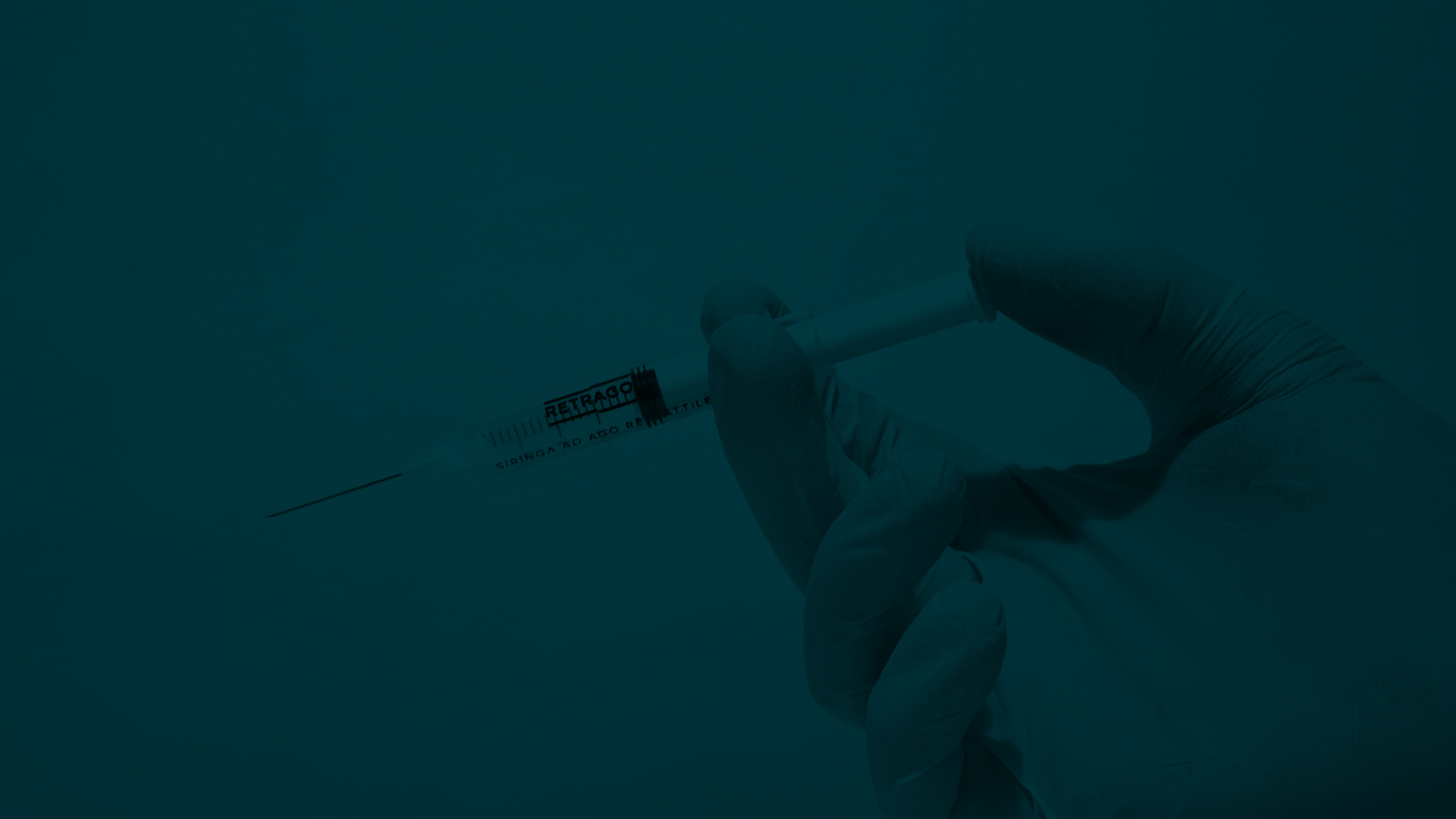The numbers of infections
Every year thousands of infections and considerable financial costs are estimated to be due to current unsafe injection practices. This could be avoided by using safety engineered devices.
Needle stick injuries among healthcare Workers.
USA
Every year, between 600,000 and 800,000 Needle stick injuriesEUROPE
Over one million each year. It is estimated that between 29% and 63% of needle stick injuries is not reported.ITALY
Around 100,000 percutaneous exposure each year and it is estimated that half of the exposures is not reported.Every year in Italy about 9 out of 10,000 surgeons and 100 out of 300,000 nurses acquire Hepatitis C through occupational exposure to biological infected material.
The infections due to syringe reuse
World Health Organization (WHO) estimates that in 2010, unsafe injections caused:
HEPATITIS B
HEPATITIS C
HIV

How to stop the burned of disease
WHO believes the most effective way to reduce infections is the transition to the exclusive use of “smart syringes”: these syringes have re-use protection features (AD - Auto Disable and RUP Re-use prevent) to protect patients, and sharps injury prevention features (SIP – Sharp Injury Protection) to reduce sharps injuries to healthcare and waste management workers. Safety engineered injection devices currently in the market are extremely complex, with a lot of components that increase their production costs. This is the reason why they are not competitive with traditional syringes, and their diffusion in the healthcare market (very attentive to costs reduction) is still limited.
What are the costs resulting from the use of conventional syringes?
High costs associated with needle stick injuries result from: testing for infection in the injured worker and, if known, the patient on whom the sharp had been used; post-exposure prophylaxis (PEP) to prevent or manage potential blood-borne virus transmission; short and long-term treatment of chronic blood-borne viral infections that are transmitted to injured workers; staff absence and replacement, counselling for injured workers, legal consequences. Needle stick injuries may also have a detrimental impact on healthcare workers’ psychological well-being or quality of life.
Using safety syringes, what would be the total savings for each healthcare facility and for Governments, even considering that new syringes cost more than traditional syringes?
A study on 141 hospitals in Belgium suggests an overall national budget saving of approximately € 7,300,000 over five years; A Swedish analysis estimated savings of € 850,000 introducing safety needles and syringes in all Swedish hospitals; A UK cost-benefit analysis estimated annual net benefits of £1 million to £5 million over 10 years in 2008 GBP; Studies performed in the US concluded that switching to SEDs (Safety Enginereed Devices) could avoid 139,000 NSIs and save up to $90 million over one year.

A safe injection does not harm the recipient, does not expose the provider to any avoidable risks and does not result in any waste that is dangerous for other people
WHO - Guideline on the Use of Safety-Engineered Syringes - 2015
